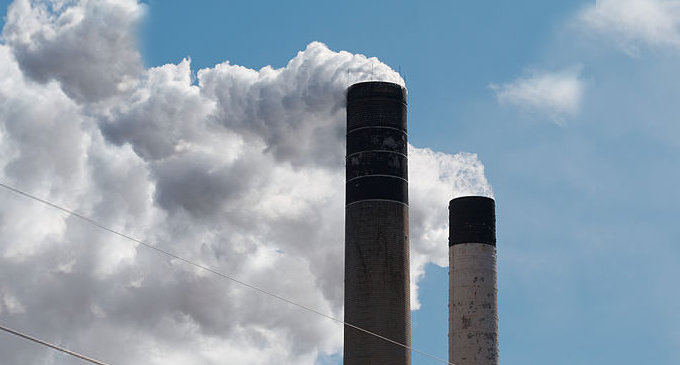 By Dori (Own work) [GFDL or CC BY-SA 3.0 us], via Wikimedia Commons
By Dori (Own work) [GFDL or CC BY-SA 3.0 us], via Wikimedia CommonsWith 40 carbon markets around the globe and China’s coming later this year, mining companies must address carbon and climate risks immediately, a report from CDP warns.
The report, which analyzed twelve of the world’s largest mining companies, found that the introduction of even a low carbon price (of $7/t CO₂) could generate up to $16 billion of carbon costs in the industries they rely on.
The authors based their assessment on four central concepts:
- Transition risks – Earnings exposure for various commodities, as well as the risks from downstream carbon regulation and changing demand patterns.
- Physical risks – Mining assets and their current and projected water stress risk.
- Transition opportunities – Progress and strategy in shifting towards a low-carbon economy, as determined by capital expenditure allocations across commodities and investment in energy solutions.
- Corporate governance frameworks for managing climate risk, and support or opposition to low-carbon energy policies.
While the report found that nine of the 12 companies have taken steps to reduce emissions since 2015, significant risks remain. On average, 25% of capital expenditures still go toward fossil fuels, while $50 billion of revenues and more than 20% of production sites will likely be exposed to high levels of water stress risk by 2030.
The mining industry is particularly exposed to regulations that curb carbon emissions in its value chain, as its Scope 3 emissions (i.e., those from commodity-consuming industries) are estimated at between 10 and 30 times higher than operational emissions.
Read more at Mining Review Africa.
